The BRRRR Method: How to Turn One Property Into a Real Estate Empire
What Is the BRRRR Method? And Why It’s a Wealth-Building Machine
If you’ve ever looked at real estate investors with multiple properties and thought, “How the hell did they afford all that?”—you’re not alone. Most people assume these investors had big inheritances, won the lottery, or struck gold in crypto.
Spoiler: they used the BRRRR method.
BRRRR stands for Buy, Rehab, Rent, Refinance, Repeat. It’s a real estate strategy designed to take one pile of cash and use it to acquire multiple properties—without having to start over financially every time.
Here’s how it works in plain English:
You buy a property below market value, rehab it to boost its worth, rent it to a solid tenant, refinance it to pull out your original cash, then go do it again. Like a wealth-building loop on repeat.
What makes BRRRR different from traditional buy-and-hold?
With standard investing, you buy a property, put 20–25% down, and wait to save up again for the next one. That’s slow. With BRRRR, you recycle your capital, build equity faster, and scale way more efficiently.
This strategy isn’t just for flippers or seasoned pros—it’s for anyone willing to follow a smart, repeatable process.
Whether you're working a 9–5 and want out, or you’re a small-time landlord ready to go big, BRRRR is how you turn one rental into an empire—without starting from scratch each time.
Buy Below Market Value (This Is Where the Money’s Made)
If BRRRR were a house, “Buy” is the foundation. And if you screw this up, nothing else matters. Harsh? Maybe. True? Absolutely.
Most people lose money on BRRRR before they even pick up a hammer—because they overpay on the front end. The deal is made (or broken) at the buy.
Your goal is simple: Buy properties below market value so you can rehab them, raise their worth, and pull your money back out later. That means you’re not shopping for move-in ready beauties. You’re looking for ugly kitchens, peeling paint, cracked driveways—aka potential.
🔍 Where to Find These Deals:
Wholesalers – They find off-market deals and flip them to investors. Build those relationships.
Driving for dollars – Look for rundown houses. Make calls. Send letters.
Foreclosures & REOs – Banks hate holding property. That’s your in.
Probate & inherited homes – Motivated sellers who just want it gone.
Auctions – Riskier, but sometimes gold mines.
💸 The 70% Rule:
Max Purchase Price = (After Repair Value × 70%) – Rehab Costs
This gives you enough room to cover costs and still refinance later without being underwater.
Pro tip: Don’t fall in love with the house. Fall in love with the numbers.
You’re not buying your forever home—you’re buying an asset. The uglier it looks (and the better the numbers), the more potential you’ve got.
R = Rehab to Increase Value (Don’t Over-Reno Like an HGTV Rookie)
This is where most new investors get sucked into the HGTV trap.
They throw granite at everything, spend $80 on a faucet that’ll never be noticed, and wonder why their refinance number tanked.
Stop renovating like it’s your dream home. Start renovating like it’s your business.
The goal here isn’t Instagram-worthy. It’s value-worthy. You want to force appreciation—increase the property’s worth by improving what actually matters, not what makes it look “cute.”
🔧 Rehab Priorities (In Order of ROI):
Structural first:
Roof, plumbing, foundation, electrical.
Nobody cares about backsplash if the pipes burst in week one.Then cosmetics:
Fresh paint, new flooring, updated fixtures.
Keep it clean, neutral, durable. No wild design experiments.Then rent-readiness:
Appliances that work, curb appeal that doesn’t scream “skip me,” and safety features like working smoke detectors and secure locks.
Budgeting Tips:
Always get multiple bids—contractors aren’t one-price-fits-all.
Build a 10–15% buffer. Something always goes wrong.
Walk every property with a scope of work checklist so you’re not making rehab decisions with emotion.
Pro Tip:
Vet your contractors like you’re hiring a heart surgeon. Bad contractors will nuke your timeline, your budget, and your entire BRRRR cycle.
R = Refinance and Pull Out Equity (Get Your Money Back – Tax-Free)
You bought it cheap. Fixed it up. Got a tenant paying rent. Now comes the magic move: refinancing.
This is where you recycle your capital—pull your cash back out without selling the asset.
In other words:
You get paid… and still own the property.
That’s the BRRRR difference.
How It Works:
Once your property’s stabilized (aka rented and rehabbed), you get it reappraised. Ideally, the new value is much higher than what you paid + what you put into repairs.
A lender will typically let you borrow 70–75% of that new appraised value with a long-term mortgage.
You use that new loan to:
Pay off your short-term or hard money lender
Cover your original down payment and rehab costs
Pull out any leftover equity as cash
That cash? You can now use it to buy your next BRRRR.
It’s tax-free (because it’s a loan, not income), and you still own the appreciating, cash-flowing rental.
Target Outcome:
If you bought and rehabbed smart, you should end up with:
Little to no money left in the deal
A stabilized, income-producing property
Capital in hand for the next investment
Watch Out:
A low appraisal can wreck your numbers.
Track every repair, take before/after photos, and show rental income to justify that new value.
How to Avoid the BRRRR Pitfalls (So You Don’t Crash Before You Scale)
The BRRRR method is powerful—but it’s not bulletproof. For every investor who scaled to 20 doors, there are five who got stuck on property #1, overwhelmed, over-budget, and under water.
Let’s make sure you’re not one of them.
Here are the top mistakes that derail BRRRR deals—and how to dodge them like a pro:
1. Overestimating ARV (After Repair Value)
Getting excited about potential is great. But if you guess wrong on what the home will be worth after repairs, your refinance will come up short. That means less cash back—or none at all.
Solution: Use comps, not gut feelings. Get second opinions, and know your market cold.
2. Underestimating Rehab Costs
Rookies often think a paint job and new floors will do the trick. Then the roof leaks. The plumbing’s shot. The contractor ghosts them.
Solution: Always budget more than you think. Build in a buffer. And vet your contractors like your retirement depends on it—because it might.
3. Overleveraging on the Refinance
It’s tempting to pull out the max possible. But if your new mortgage eats up all your cash flow, one late rent check could break you.
Solution: Leave a cushion. Cash flow beats bragging rights.
4. No Emergency Reserves
A tenant skips town. The HVAC dies. Stuff happens. If you’re not ready, it becomes a crisis.
Solution: Always have reserves. At least three months of expenses per property.
5. No Mentor or Plan
Trying to BRRRR off YouTube videos alone? Risky. One wrong move in this strategy can cost tens of thousands.
Solution: Get guidance from someone who’s done it. Who knows the traps. Who helps you build the plan before you buy.
The BRRRR method isn’t for the lazy or the lucky. But if you’re smart, strategic, and surrounded by the right people? It’s how you build true, lasting wealth.
Ready to make your BRRRR blueprint bulletproof?
Book a free strategy session and let’s map out your real estate empire—deal by deal, door by door.


